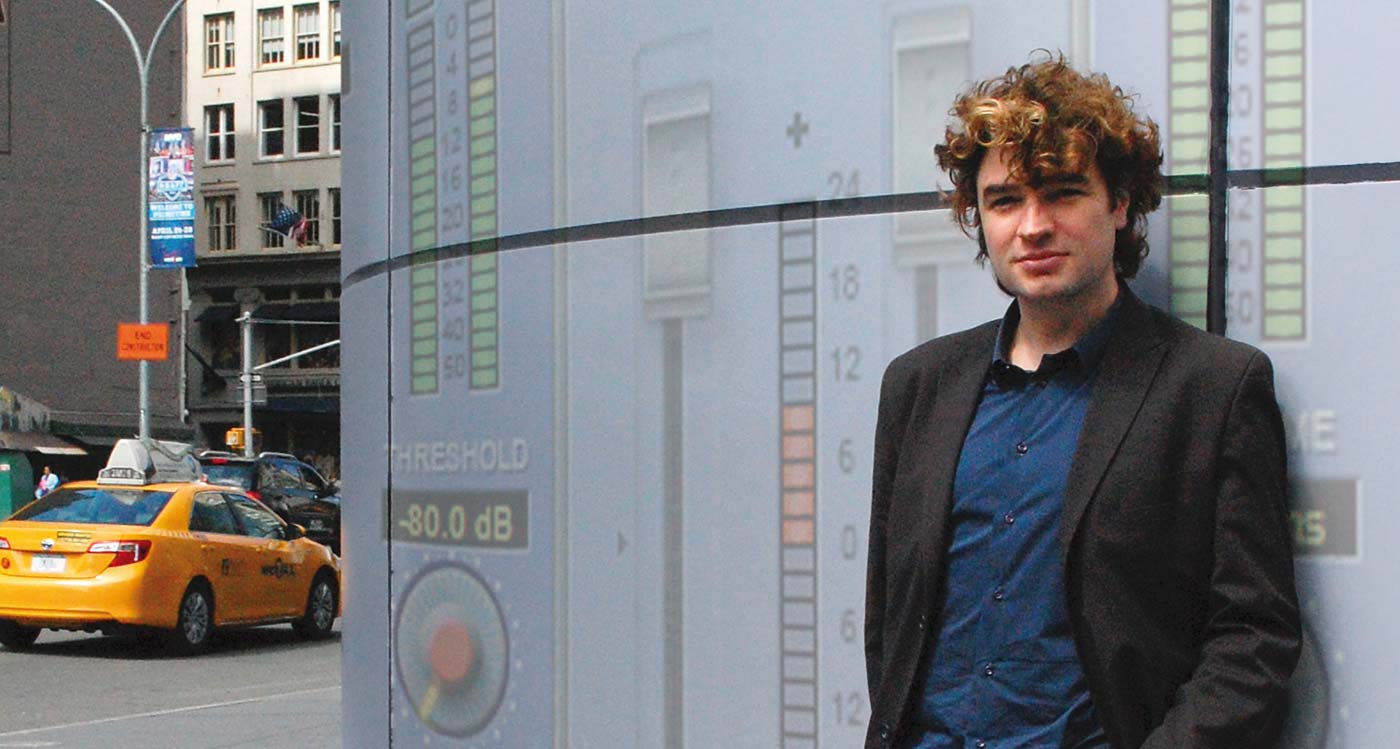Bass Drums and Life in the Low Lane
Let’s dive into life in the low lane—the realm below 300Hz, affectionately known as ‘The Fat’. As my friend Tim puts it, it’s where “the booty is.” Mastering this low-end territory is one of the most challenging aspects of mixing modern music. Fat means different things to different people: what sounds bass-heavy to a club DJ may feel weak to someone listening on an iPod, where frequencies below 70Hz are barely perceptible. Conversely, club speakers thumping at 30Hz can practically shake the clothes off you. To navigate this, you need to define your own brand of fat and learn how to translate others’ visions into your mixes.

Learning to Navigate the Low End
A great exercise to train your ear in the low lane is to use the Oxford EQ on music you love. Insert the EQ, set the high-pass filter to 36dB/octave, and slowly sweep the frequency knob from 20Hz to 400Hz and back. The Oxford EQ’s clean filters allow you to distinctly hear which frequencies add specific colors to the sound. Go ahead, try it—you might find this method reveals more about critical low-end spots than just boosting a narrow frequency band.
A great exercise to train your ear in the low lane is to use the Oxford EQ on music you love.
Once you’ve got a feel for how frequencies shape music, try applying the same method to individual tracks in your mix. You’ll quickly discover, for example, that there’s almost nothing below 100Hz on a guitar recorded through an amp emulator, or that there’s no 200Hz on an 808 hi-hat.
The Reality Check: What EQ Can and Can’t Do
Here’s another quick exercise: create a 1000Hz sine wave tone at -6dB on a mono channel in your DAW. Insert the Oxford EQ, select Type 1, set a band to 80Hz with a Q of 10, and boost 20dB. What happens? Absolutely nothing. Why? Because EQs can’t invent frequencies—they can only enhance what’s already present. This is crucial when working with bass drums: if your drum lacks low-end content, EQ won’t magically create it.
Assessing Your Bass Drum’s Potential
Before boosting, solo your bass drum and listen closely. If it’s tough to tell what’s happening in the low end, use the filtering method described above. If sweeping from 20Hz to 90Hz doesn’t reveal much difference, your drum might lack the necessary low-end fundamentals. At this point, you have two options: replace the bass drum sample or use a low-end generator. Once you have the low-end content, you can move to the next step.
Two Approaches to EQing the Bass Drum:
- The Traditional Method: Boost the frequencies you want to emphasize. Quick, straightforward, and effective, but it can be a bit heavy-handed.
- The Alternative Method: Cut the unwanted frequencies, then raise the fader to compensate for any level loss. This method can lead to better gain management over the course of a mix. It helps prevent the dreaded scenario where every few hours, you’re pulling all your faders down 6dB because those clip LEDs are burning your retinas.
Why Not Just Use EQ Presets?
If you’re hoping for a magic EQ recipe for the perfect bass drum—like boosting 5dB at 80Hz and cutting 4.8dB at 250Hz—sorry to disappoint, but it doesn’t work that way. This is why presets rarely cut it for EQ plugins, and why Sonnox doesn’t include any. Mixing is about adapting your tools to the unique needs of each track.
Starting Points for Acoustic Bass Drums with Oxford EQ:
- Type: Oxford EQ Type 3, 5 bands + filters
- High-Pass Filter: Set at 36dB per octave, around 35Hz to remove rumble.
- Low Band: Between 40 and 80Hz (depending on the drum) to capture the ‘oomph.’
- Low-Mid: Between 90 and 200Hz to eliminate masking from poor mic placement or preamp choice.
- Mid: Between 300 and 800Hz for further correction of muddiness.
- Hi-Mid: Between 1 and 2kHz to enhance attack.
- Highs: Around 10kHz to ‘uncloud’ the drum in a busy mix—it may sound unconventional, but it works wonders on well-recorded kits.
There you have it. Remember, mastering the low end is about understanding and shaping what’s already there. Experiment, trust your ears, and define your own version of ‘The Fat.’
